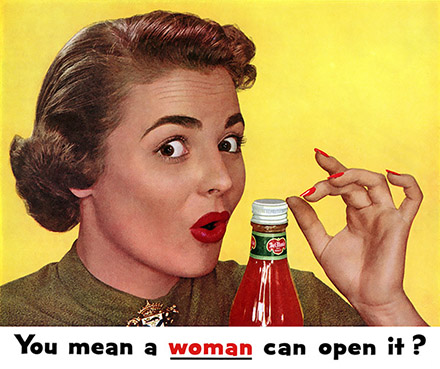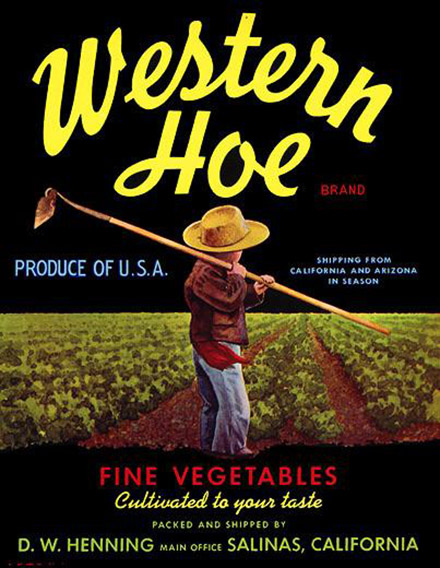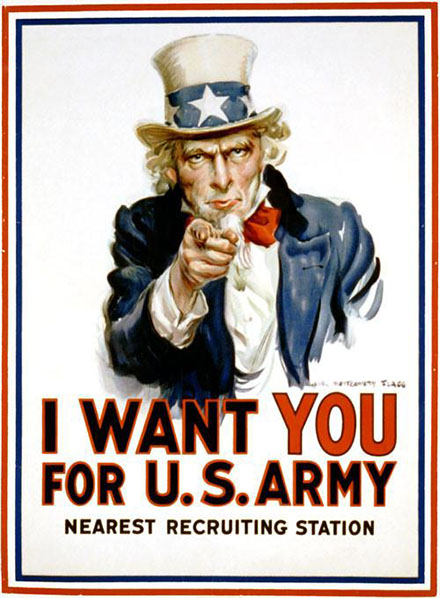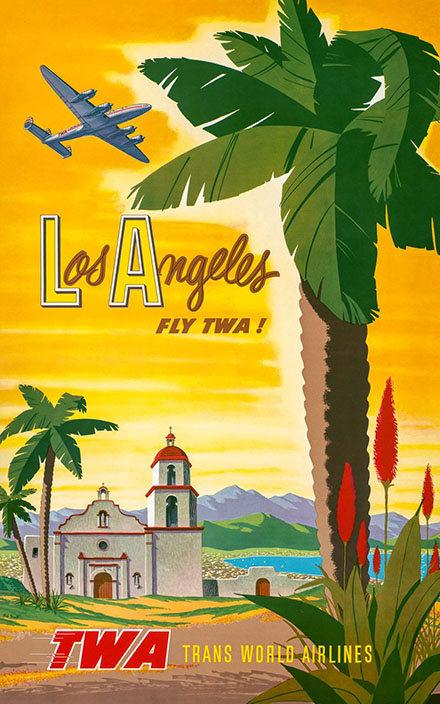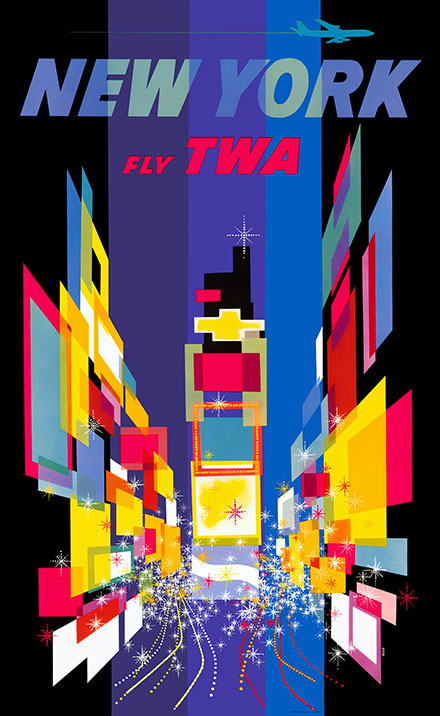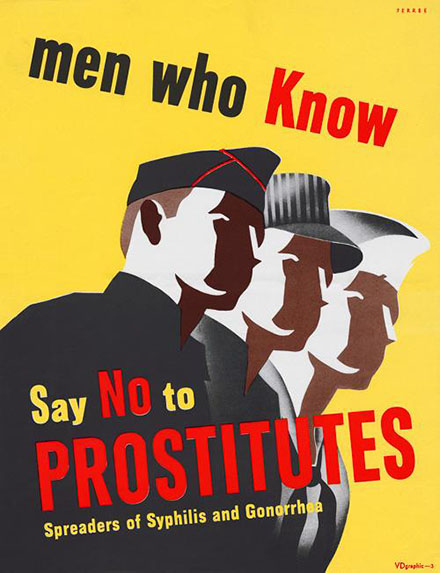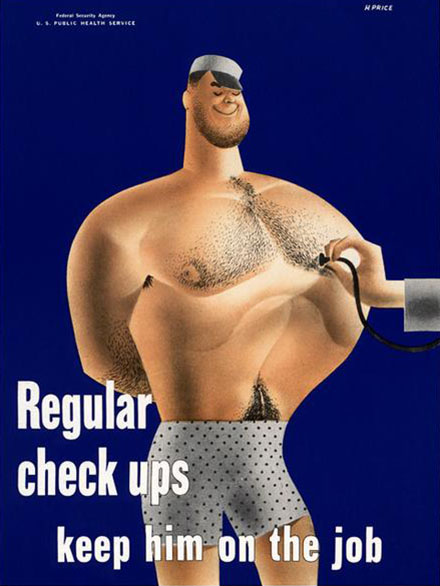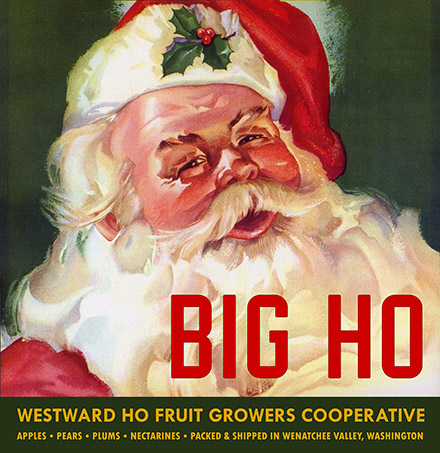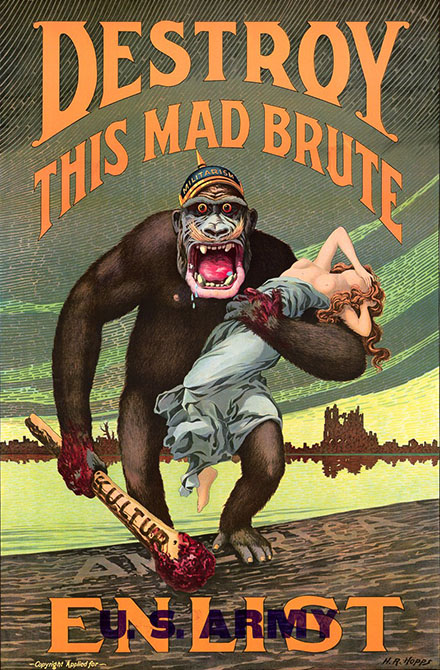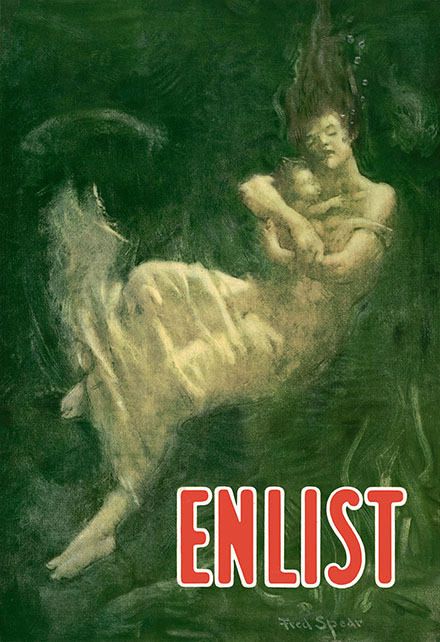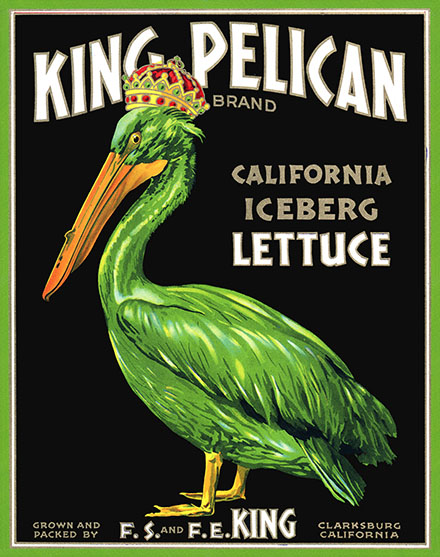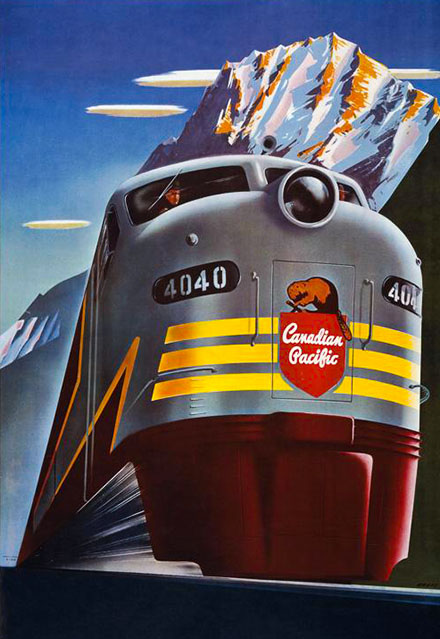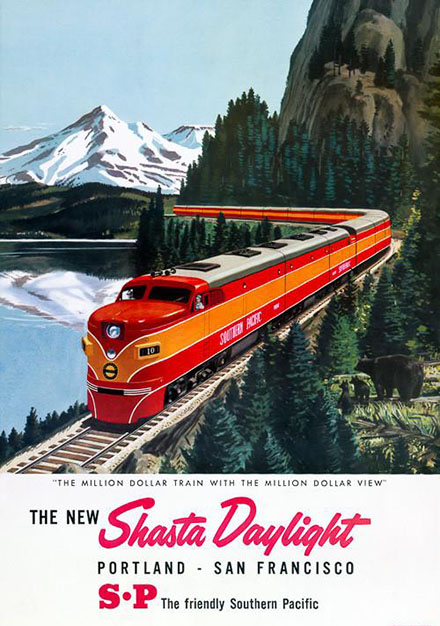


Framed or unframed, desk size to sofa size, printed by us in Arizona and Alabama since 2007. Explore now.
Shorpy is funded by you. Patreon contributors get an ad-free experience.
Learn more.

- Good choice
- Recent view
- Hudson’s Big Store
- Say what??
- Grapes?!
- A Beautiful Moment
- Such joy
- Bethune-Cookman University today...
- Yellow sky at morning
- Side Winder
- Air Quality?
- Sojourner Truth riot
- None were so blind(ed)
- The less famous sister
- Good ol' days?
- Rise and Fall
- Goo Goo Ga Joob
- Ticket Retention
- Not the only one
- Vagaries of War
- Killed by Amtrak
- Back to the Future
- Wanted --
- If you can't stand the light
- Centralized Traffic Control, I believe
- What's really happening
- Heckuva remote control!
- Sometimes — Things Go Bump!
- I SEE THE LIGHT
- Union Switch and Signal Company
Prints
- Panoramas
- Kodachromes (Color Photos)
- Animals
- Aviation
- Bathing Girls!
- Bizarre & Weird
- Cars & Trucks
- Cities
- Civil War
- Colorized Photos
- Factories
- Farked
- Florida History
- iPhone Wallpaper
- Kids
- Kitchens
- Member Photos
- Mining
- Pretty Girls
- Railroads
- Streetcars
- Service Stations
- Sports
- Technology (Antiquated)
- tterrace
- WPA Posters
- World War II
- WW2 Color Photos
- All Galleries
Vintage photos of:
- Atlanta
- Atlantic City
- Baltimore
- Birmingham AL
- Boston
- Buffalo NY
- Charleston SC
- Chicago
- Cincinnati
- Cleveland
- Coney Island
- Detroit
- Indianapolis
- Los Angeles
- Louisville
- Memphis
- Miami
- Milwaukee
- Minneapolis
- New Orleans
- New York City
- Oklahoma City
- Philadelphia
- Pittsburgh
- Richmond
- San Francisco
- Savannah
- St. Louis
- Syracuse
- Toledo
- Vicksburg
- Washington DC
- And many more!
Our holdings include hundreds of glass and film negatives/transparencies that we've scanned ourselves; in addition, many other photos on this site were extracted from reference images (high-resolution tiffs) in the Library of Congress research archive. (To query the database click here.) They are adjusted, restored and reworked by your webmaster in accordance with his aesthetic sensibilities before being downsized and turned into the jpegs you see here. All of these images (including "derivative works") are protected by copyright laws of the United States and other jurisdictions and may not be sold, reproduced or otherwise used for commercial purposes without permission.
© 2024 SHORPY INC.
[REV 25-NOV-2014]
Portland, Maine: 1904
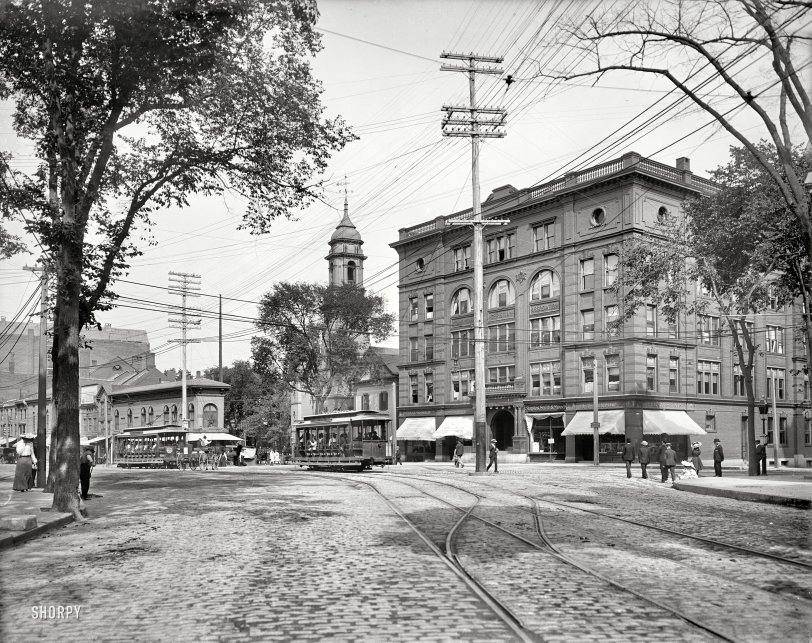
Portland, Maine, circa 1904. "Congress Square." 8x10 inch glass transparency (something of a novelty for this collection), Detroit Publishing Co. View full size.
- 6 comments
- 23223 reads
Wanamaker's: 1906
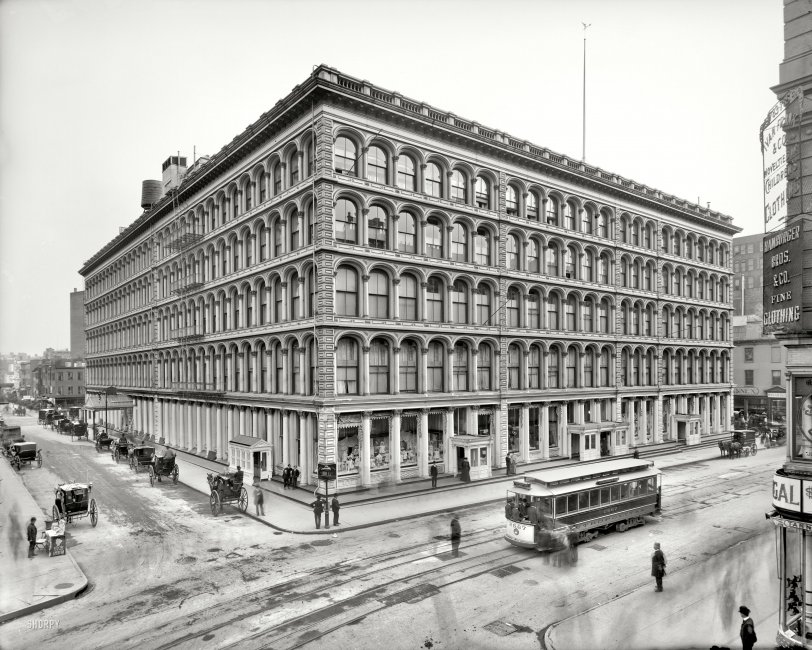
New York circa 1906. "John Wanamaker store, Broadway and 10th Street." 8x10 inch dry plate glass negative, Detroit Publishing Company. View full size.
- 11 comments
- 20218 reads
The Sportsmen: 1905
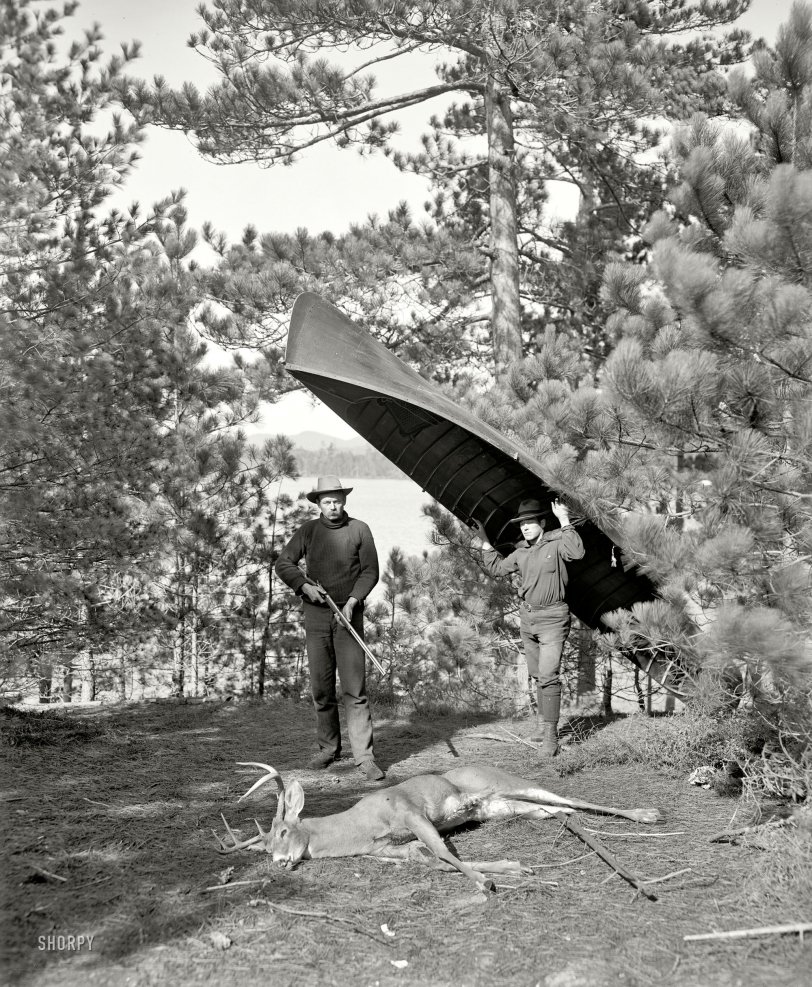
Upstate New York circa 1905. "Hunting in the Adirondacks." When deer and canoe collide. 8x10 inch glass negative, Detroit Publishing Co. View full size.
- 16 comments
- 21065 reads
Tots of Tripoli: 1946
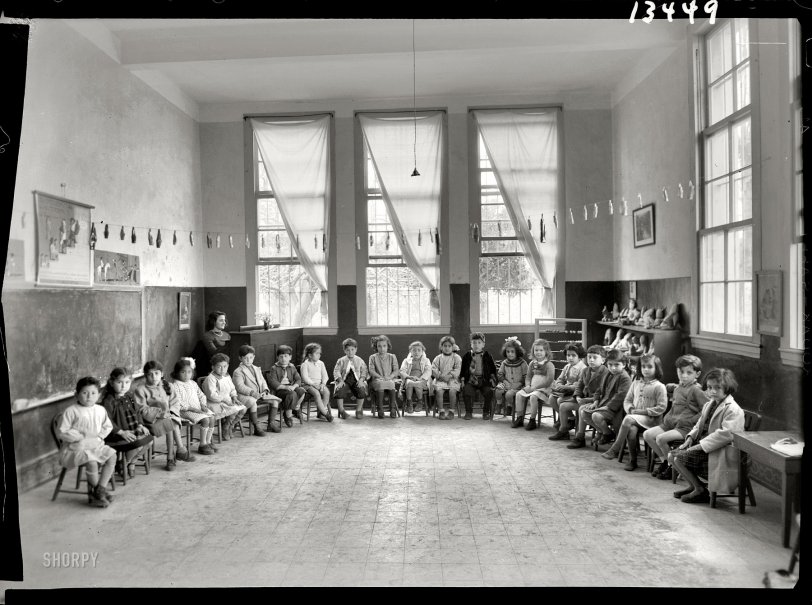
March 1946. "Tripoli, Lebanon. American Mission Girls' School, the kindergarten in class." Medium format acetate negative, Matson Photo Service. View full size.
- 8 comments
- 20124 reads
Roughing It: 1905
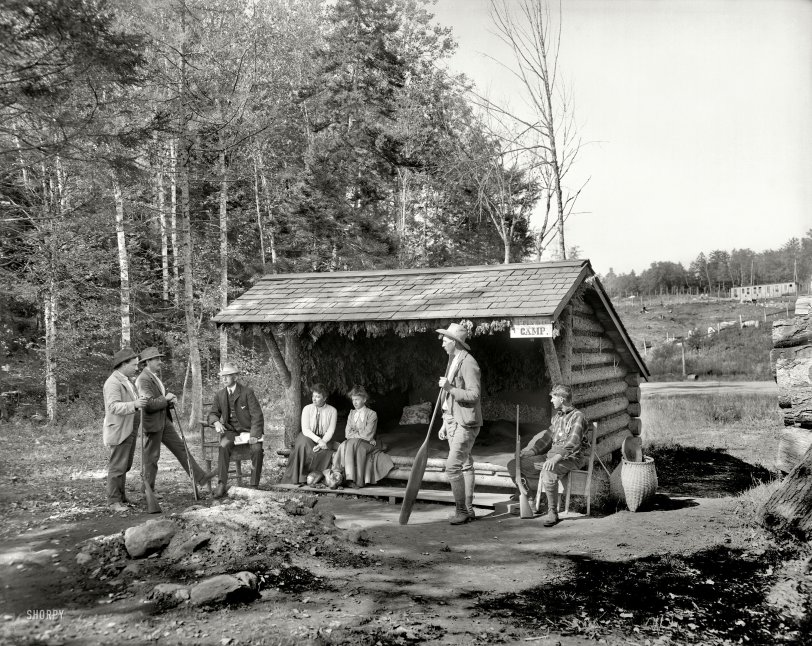
Upstate New York circa 1905. "An open camp in the Adirondacks." 8x10 inch dry plate glass negative, Detroit Publishing Company. View full size.
- 16 comments
- 27989 reads
Seasons in the Sun: 1904
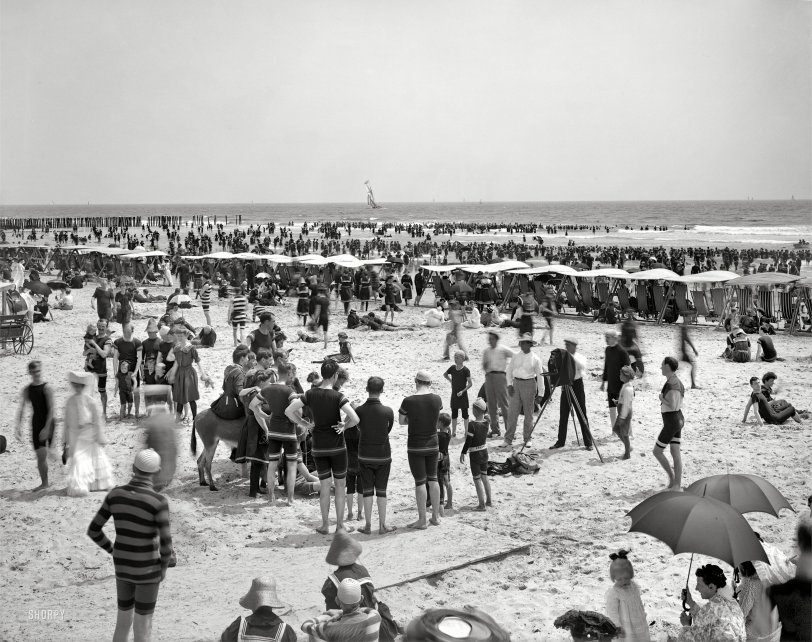
The Jersey Shore circa 1904. "The Beach at Atlantic City." One hundred seven years after this photograph was made, the people here are finally ready for their high-definition closeup. 8x10 inch dry plate glass negative. View full size.
- 17 comments
- 31218 reads
Netherland and Savoy: 1905
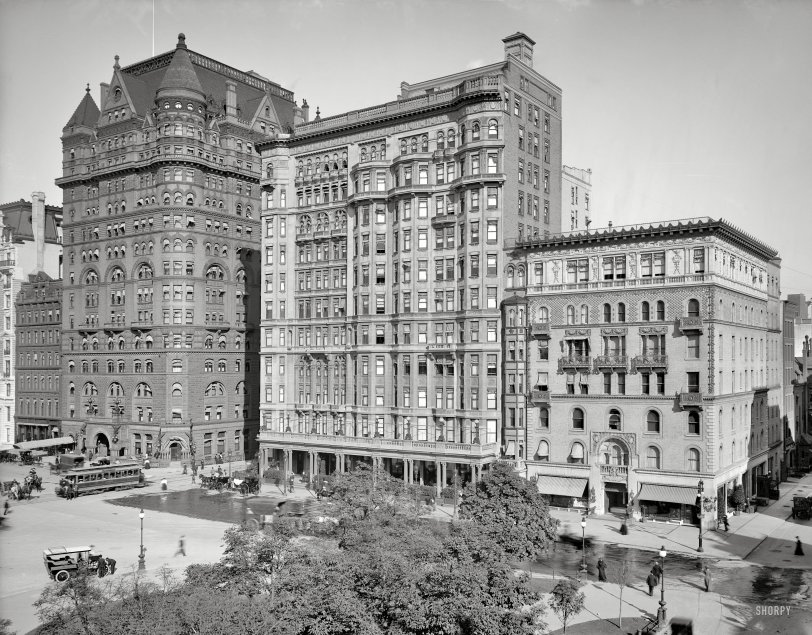
New York circa 1905. "Hotels Netherland and Savoy, Fifth Avenue and East 58th." 8x10 inch dry plate glass negative, Detroit Publishing Co. View full size.
- 6 comments
- 19617 reads
Networking: 1905
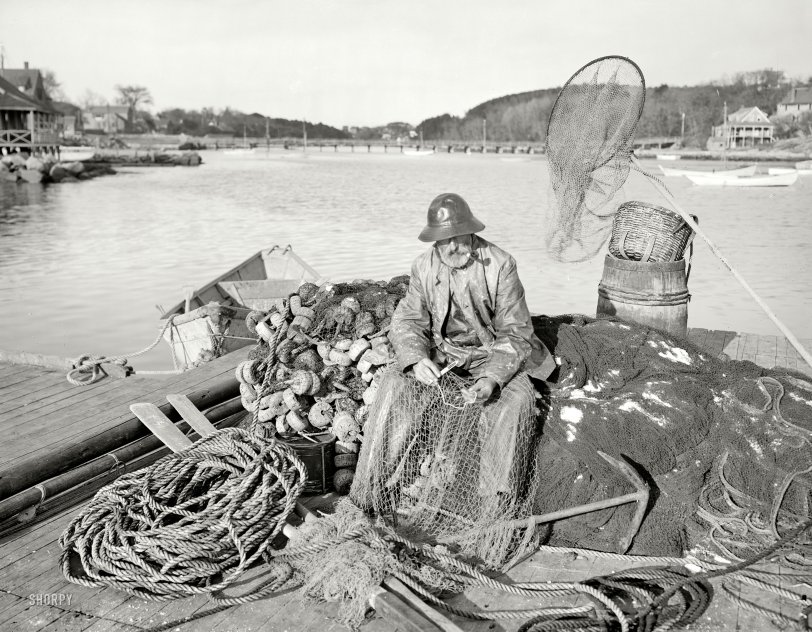
Gloucester, Massachusetts, circa 1905. "Fisherman getting ready for a trip." 8x10 inch dry plate glass negative, Detroit Publishing Company. View full size.
- 6 comments
- 17289 reads
Keep Calm and Carry On: 1939
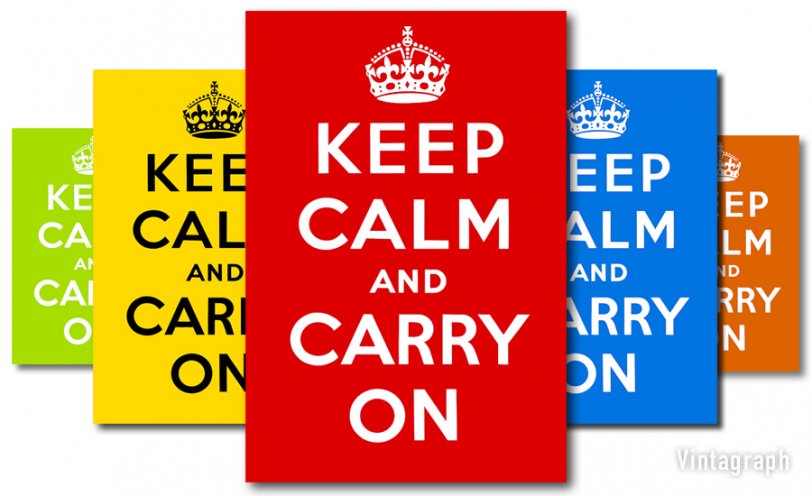
Printed in 1939 by His Majesty's Stationery Office on orders of England's Ministry of Information, "Keep Calm and Carry On" was, despite being run off in vast quantities along with two related posters, never seen during World War II; the event that would have triggered its release -- a German invasion of the British Isles -- never happened. And so the posters, bearing the crest of King George VI, were shredded in 1945, with a small number saved in the archives of the Imperial War Museum. It was not to emerge again until 2000, when a tattered copy was discovered lining a box in a secondhand bookstore in Northumberland.
Since then its alt-appeal has grown to the point where the design has become a full-fledged Internet meme, variations of the "Keep Calm" sentiment appearing on blogs, mugs, T-shirts and posters. Now including this one presented by Vintagraph and printed by Juniper Gallery on a variety of archival stocks in the original red as well as other hues. You will probably not find a nicer version of KCaCO offered in as wide a choice of sizes and colors, with the original typography -- font, proportions and spacing faithfully reproduced. Hang one in your office, den or dorm and you'll find yourself Carrying On with surprising serenity.
- 4 comments
- 29594 reads
Looking Down: 1905
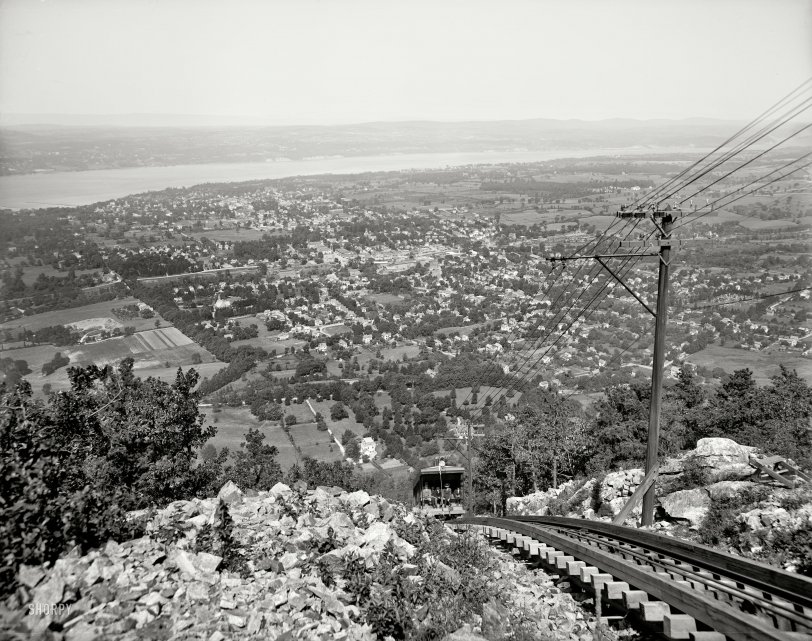
Dutchess County, New York, circa 1905. "Mount Beacon Incline Railway, looking down, Fishkill-on-the-Hudson." 8x10 inch glass negative. View full size.
- 14 comments
- 27306 reads
Hotel McAlpin: 1912
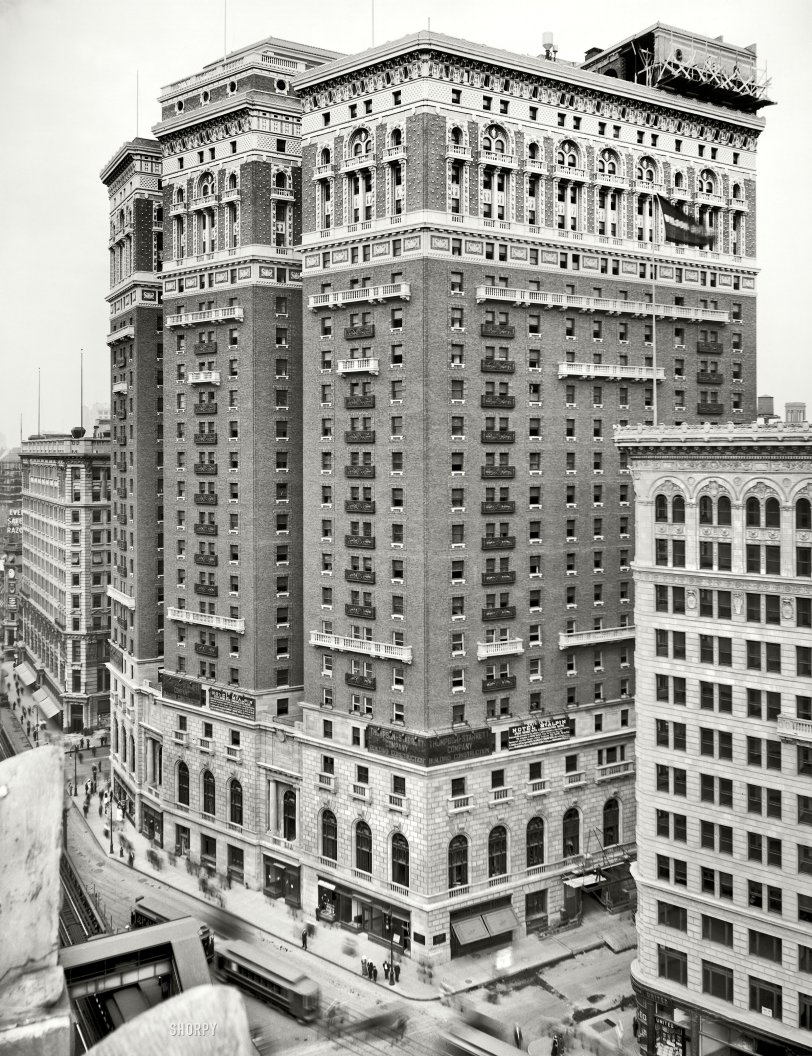
New York circa 1912. "Hotel McAlpin, Herald Square." 1,500 rooms with, the sign informs, "communicating baths." 8x10 inch glass negative. View full size.
- 11 comments
- 28553 reads
Dime Bank: 1912
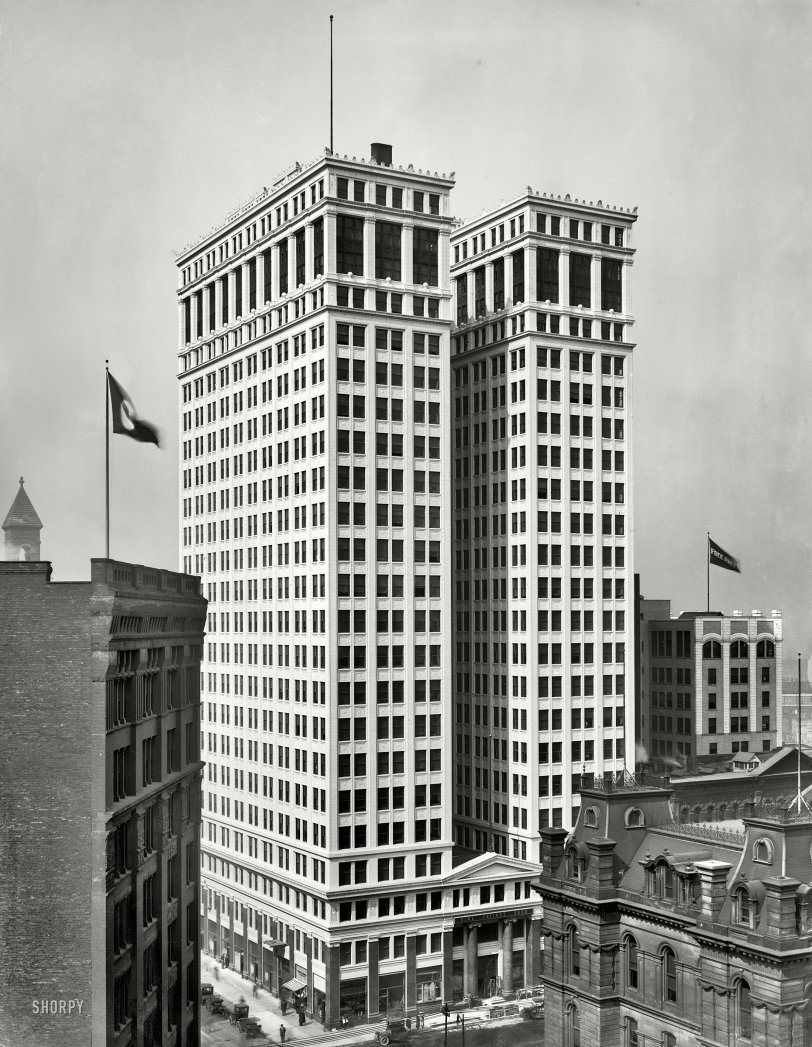
Detroit, Michigan, circa 1912. "Dime Savings Bank." The slot must be in the top. 8x10 inch glass negative, Detroit Publishing Company. View full size.
- 4 comments
- 22430 reads
Upper Manhattan: 1907
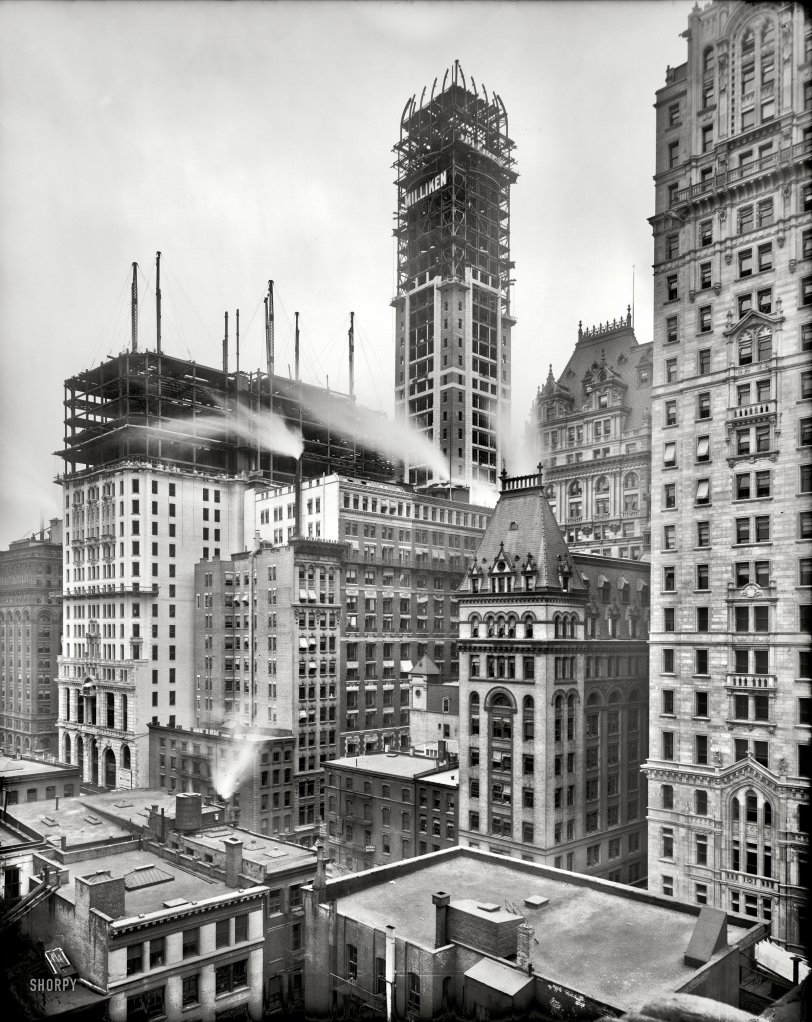
New York circa 1907. "Singer Building under construction." 8x10 inch dry plate glass negative, Detroit Publishing Company. View full size.
- 3 comments
- 20930 reads
Cincinnati: 1915
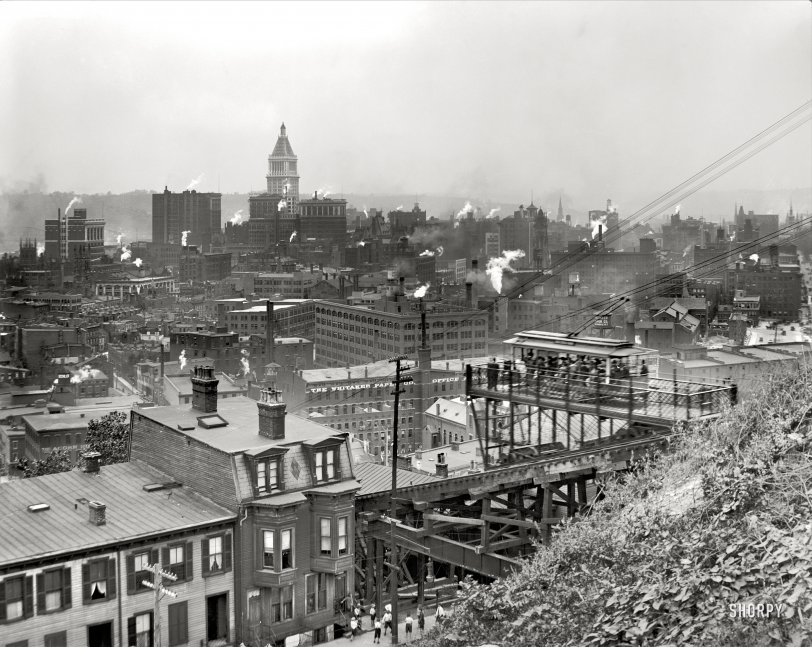
Cincinnati, Ohio, circa 1915. "View from Mount Adams." At right, a streetcar on the incline railway; the Union Central Insurance tower rises in the distance. 8x10 inch dry plate glass negative, Detroit Publishing Company. View full size.
- 6 comments
- 42603 reads
Princess Phone: 1983
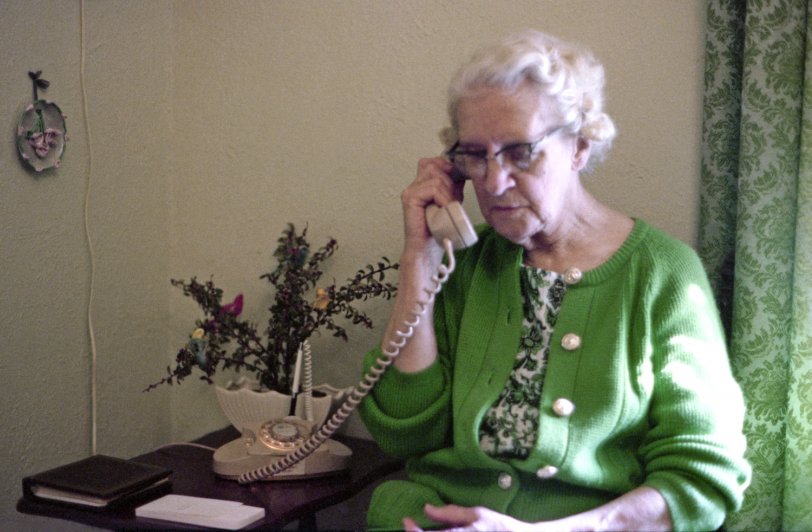
When my mother wasn't doing crossword puzzles, shopping or waiting on the rest of us hand and foot, she'd be on the phone, and sometime after they were introduced in 1959 she got this pinkish Princess. One reason was so she could move it around, specifically to her primary domain, the kitchen. These came with an old-style connector, not the later modular type. I'm pretty sure it had the external ringer, as I remember the sound of the dining room wall resonating when it went off. Another feature gave her something to rail about. "Imagine! They make you use your own electricity to light up the dial!" This replaced our first dial phone (dial came late to Larkspur, and we were still talking to operators until 1957), a full-sized basic black model. Mother didn't want to pay Pacific Telephone for a decorator color, so she bought a cream-colored plastic shell for it - think "skin" in today's lingo. As for the Princess, I remember usually having to hold the thing down while you dialed, and we were forever knocking the handset off the base. I shot this negative by available light - mix of daylight and incandescent - on 35mm Kodak Vericolor. View full size.
- 21 comments
- 24346 reads







